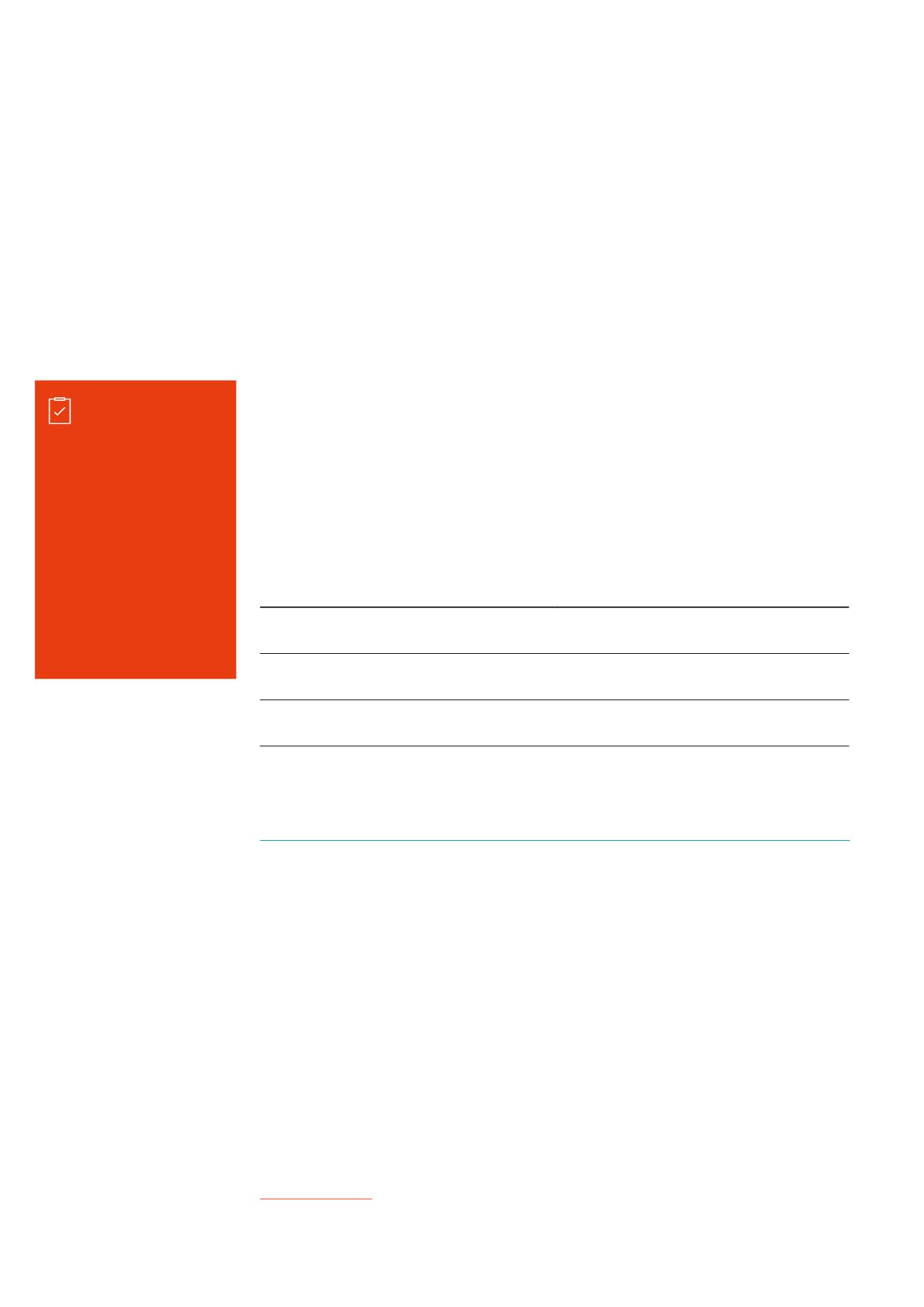

12
Organizational Resilience | BSI and Cranfield School of Management
business model that allows financial reserves (or slack resources) to be built up,
so that these resources can be used to provide a strong commitment to employees
during times of crises, and sustain relationships that act as enabling conditions for
organizations to return quickly to full performance (Gittell et al., 2006).
In the last decade the requirement to respond to external threats has extended into
supply chain disruption research (Chopra and Sodhi, 2004; Kleindorfer and Saad,
2005; Craighead, Blackhurst, Rungtusanatham and Handfield, 2007; Stecke and Kumar,
2009). Interdependencies that exist in the supply network (Rice and Caniato, 2003),
the reliance on critical nodes (Craighead et al., 2007) and the pursuit of efficiency
gain and over-optimization have resulted in networks that are often extremely
fragile and vulnerable to disruptions (Hendricks and Singhal, 2003; Christopher and
Peck, 2004; Tang, 2006). In contrast, resilient supply chains
2
are flexible and agile and
contain redundancy through modular design and diversification (Rice and Caniato,
2003; Christopher and Peck, 2004; Sheffi and Rice, 2005; Sheffi, 2007). Juettner and
Maklan (2011) examined supply chain resilience in the global financial crisis and
concluded that four resilience capabilities (flexibility, reaction speed/velocity, access
to timely information, and collaborations among supply chain members) can avoid
or limit the impacts of adverse events on revenue, cost and lead time/availability
targets.
Preventative control: at its best and signs of weakness
At its best
Signs of weakness
Known problems are solved using proven
techniques
Systems and people are impractical and rigid – ‘go
by the book’
Standard ways to do things are perfected by fine
tuning
Local practice has taken over from written
procedure and has become ‘normal’
Redundancy through design and diversification has
a stabilising effect
Inefficient and complex systems and processes;
analysis paralysis
Disturbances are quickly counteracted by planned
responses
Prearranged corrective actions are unclear or
impracticable
Mindful action: defensive and flexible
To be resilient is to be prepared for adversity, which requires “improvement in
overall capability, i.e. a generalized capacity to investigate, to learn, and to act,
without knowing in advance what one will be called to act upon” (Wildavsky, 1988).
Rather than relying on static controls and reactive responses, Organizational
Resilience also requires resources that can be activated, combined, and recombined
in new situations, as challenges arise (Sutcliffe and Vogus, 2003). An important
contribution of this stream of work is that people are not regarded purely as sources
of error, but provide a positive contribution towards resilience (Hollnagel, Woods
and Leveson, 2006). For example, it has been suggested that the operator’s role is
to make up for holes in the designer’s work (Rasmussen, 1986). Thus, the focus of
resilience thinking shifted to the need for a culture that facilitated noticing and
containing problems (Sutcliffe and Vogus, 2003).
Some organizations, despite operating in complex and dynamic environments, face
many opportunities for failure in their daily operations but almost never experience
2. It should be noted that the supply chain disruption literature is extensive. An ongoing systematic review conducted by colleagues at
Cranfield School of Management Anurag Tewari identified 118 academic studies.
Key learning point:
Organizational Resilience
requires control (multiple
independent, and
redundant, layers of
protection for all critical
assets e.g. people, product,
property, information etc.)
and compliance (standard
operating procedures,
processes and training).
















